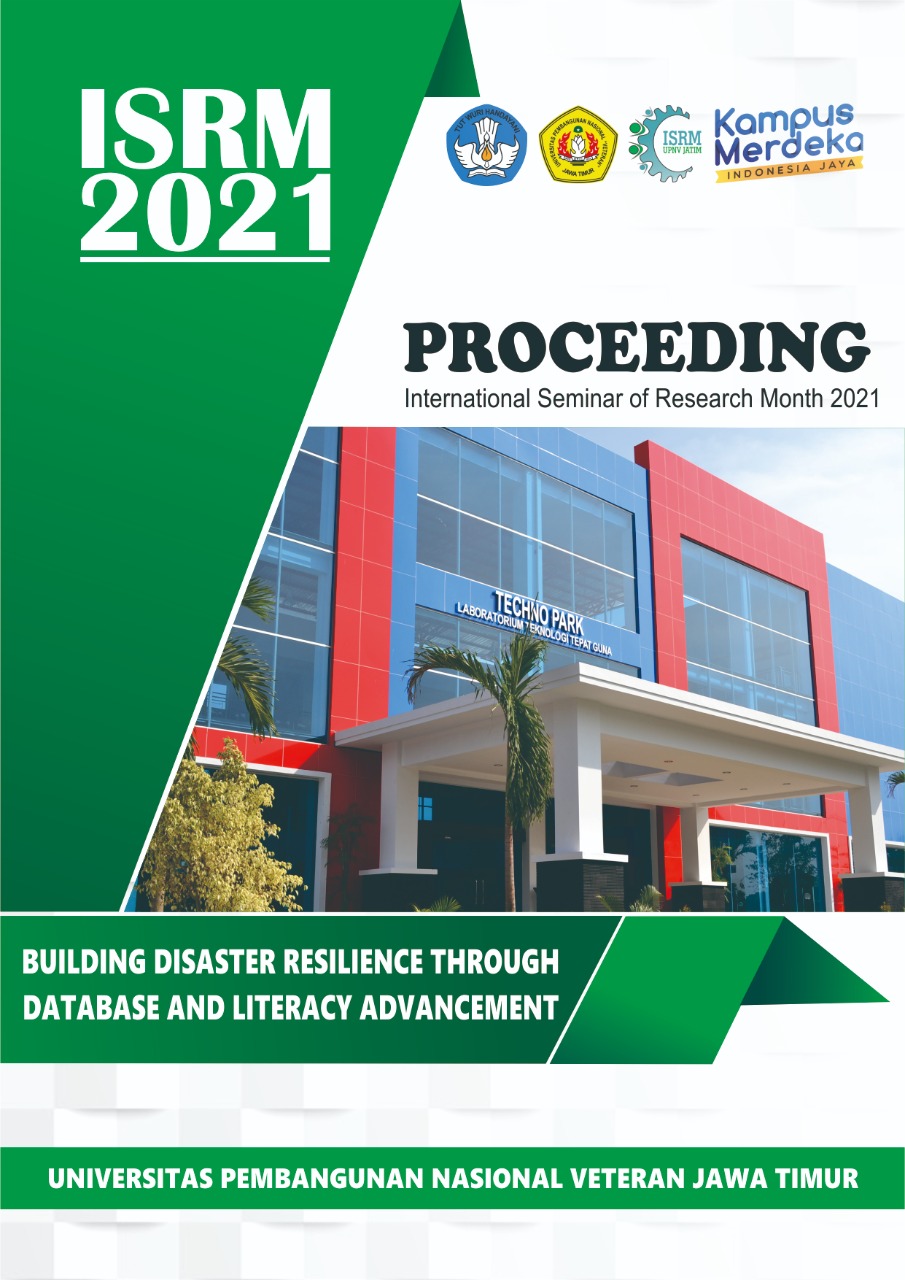Using Photocatalyst to Enhance Resin Performance in Reducing Carcinogenic Compounds
DOI:
https://doi.org/10.11594/nstp.2022.2445Keywords:
Resin, carcinogenic, photocatalystAbstract
Existing techniques of wastewater treatment are not able to remove all water-soluble organic pollutants, including hydrocarbons and a few carcinogens like pesticides, completely, inorganic pollutants, and microbes besides generating secondary chemical pollutants. Therefore, reducing the organic compounds effectively would still require more advanced technology with shorter time and lower cost operations. Using a new innovative material through resin immobilized heterogeneous photocatalyst with UV light or sunlight. The specific objectives are knowing the efficiency of Dowex resin-immobilized heterogeneous photocatalyst ZnO (RIP-ZnO) and photocatalyst TiO2 (RIP-TiO2) for reducing disinfection by-products. RIP-ZnO performed a slightly higher removal of THMs, and HAAs concentration than RIP-TiO2.
Downloads
Downloads
Published
Conference Proceedings Volume
Section
License
Copyright (c) 2022 Euis Nurul Hidayah, Ram Babu Pachwarya, Okik Hendriyanto Cahyonugroho, Jihan Ilvi Nurdiana

This work is licensed under a Creative Commons Attribution 4.0 International License.
Authors who publish with this proceedings agree to the following terms:
Authors retain copyright and grant the Nusantara Science and Technology Proceedings right of first publication with the work simultaneously licensed under a Creative Commons Attribution License that allows others to share the work with an acknowledgement of the work's authorship and initial publication in this proceeding.
Authors are able to enter into separate, additional contractual arrangements for the non-exclusive distribution of the proceedings published version of the work (e.g., post it to an institutional repository or publish it in a book), with an acknowledgement of its initial publication in this proceeding.
Authors are permitted and encouraged to post their work online (e.g., in institutional repositories or on their website) prior to and during the submission process, as it can lead to productive exchanges, as well as earlier and greater citation of published work (See the Effect of Open Access).














